Exclusive: Voices of drupa 2024- Koenig & Bauer
In this series, Alex Jahanbani, Editor-in-Chief at ME Printer, brings you exclusive, showfloor interviews with industry stalwarts representing some of the major exhibitors at drupa 2024, the world’s largest trade show of printing technologies.
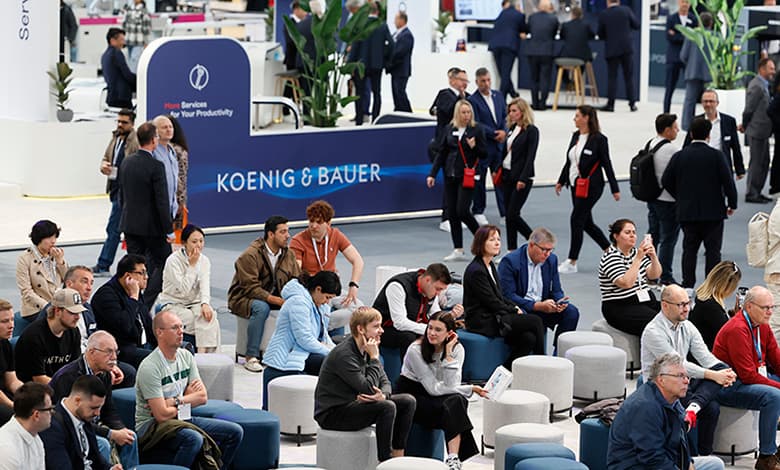
In conversation with Dr. Andreas Pleßke, CEO, Koenig & Bauer
How has drupa been so far?
Busy! After eight years, we expected a lot of attention, and it’s clear that we have it. We are having many discussions with decision-makers. Our salespeople feel it’s more intense than it was eight years ago. I wouldn’t call it a VIP drupa, but there are more discussions at a decision-making level and fewer discussions about technology interest. This shift is very positive from our perspective. Our booth is extremely busy with a high number of visitors.
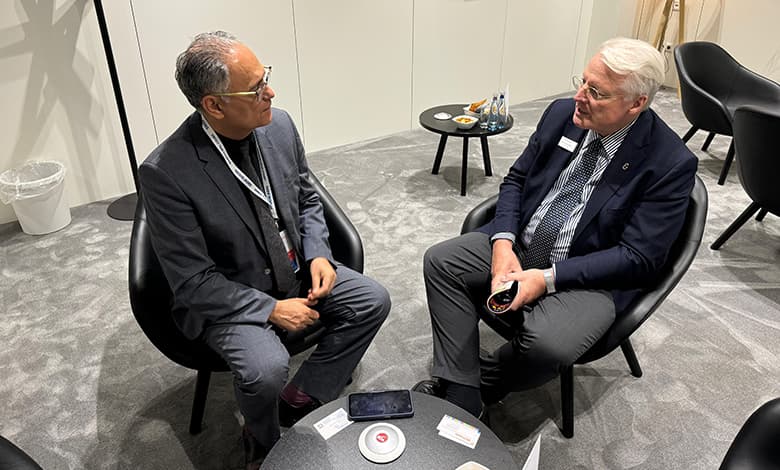
You are displaying 10 new innovations, and it’s all about digital? What about offset?
We have for example the Rapida 106 X. It runs at 22,000 sheets per hour, making it probably the fastest machine in the world. It has numerous sensors and digital technologies. While there are incremental improvements in hardware, most innovations are in automation, electronics, control, data generation, and data-driven ideas. So, even in offset machines, the focus is on digital advancements.
I spoke to Jean-Pascal Bobst, and he says that BOBST will be a software company rather than a hardware company. Do you also feel that bringing machines to exhibitions is not a good idea anymore?
I have great respect for Jean-Pascal and his company, but I see it differently. The essence of drupa is showcasing machines that actually print. It’s a global show that attracts people from around the world. drupa’s attraction is not just information but also live demonstrations. We believe in showcasing functional machines, which is an effort, but people appreciate it. Decision-makers can’t visit every country daily to see machines in action.
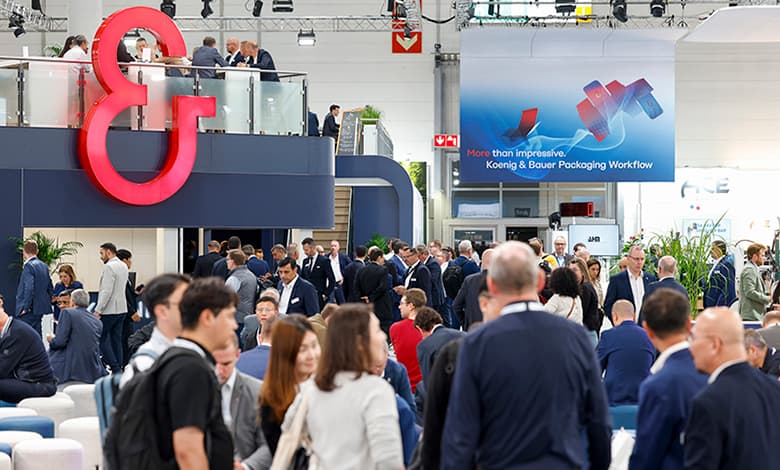
Regarding software, it’s more about marketing. The car industry, for instance, has seen electronics grow in importance alongside mechanical improvements. Thirty to forty years ago, a car was primarily a piece of metal equipment with basic electronics like a starter, lights, and a radio. Over time, cars have integrated advanced navigation systems, tire pressure monitors, and safety alarms, making the electronic components as crucial as the mechanical ones. Similarly, in printing, computer and software components will play an increasingly significant role. Technological development will heavily involve software, but it must complement and enable the hardware. We must focus on both mechanics and digitalization to meet future demands.
Just as in the automotive industry, where the integration of electronics has significantly enhanced the functionality of cars, the printing industry will see the software and computer aspects of machines grow in importance. This includes predictive maintenance, color saturation control, and energy-saving measures, all of which help optimize the printing process. In the future, digital technologies will continue to complement and enhance the capabilities of our mechanical systems.

How does the myKyana portal specifically help your customers and in what way?
myKyana is your central gateway to the digital world of Koenig & Bauer. It provides access to a growing suite of data and AI-based digital products and services. AI helps automate tasks traditionally done by analysts. Under the Kyana portal, we have helpers for predictive maintenance, energy saving, and operator support. These tools optimize machine performance, reduce energy consumption, and assist operators in troubleshooting. myKyana enhances efficiency, supports non-skilled operators, and reduces job change time significantly.
myKyana, to simplify it, would be an interactive manual that tells the operator what he should do if there’s a problem. It communicates with him. If there’s a need to change a spare part, it tells him what to do, it supports him. If they say the saturation with Red is not right, it will give suggestions for better colour saturation. So it is also for the non-skilled worker, but the helper will not replace a highly-educated printer. But it will help in many little cases to operate the equipment. For example, if there’s a jam, what do I do now, and the helper will give the appropriate procedural solution. So, it helps the operator, it helps the people who run the factory to view their performance data, it helps in predictive maintenance, and it helps to save energy.
Can you highlight your partnership with Siemens for productive maintenance?
Our partnership with Siemens involves a modular strategy in hardware and software. Modularization means that offset machines can be customized with additional units like building blocks. This approach extends to electronics and software, allowing for flexible and standardized control systems. It’s like transitioning from early personal computers with multiple drivers to modern plug-and-play systems. This modularity in hardware and software enables efficient and expandable solutions for our customers.

Do you have a project in hydrogen dryers?
While we aren’t discussing it in-depth at drupa, hydrogen dryers are part of our sustainability efforts. The highest CO2 emissions in printing come from drying processes, especially with metal plates. We’re exploring hydrogen as a fuel to reduce CO2 emissions during these energy-intensive drying processes. It’s a significant step toward sustainability.
How does Koenig and Bauer approach sustainability?
Making production more sustainable often increases costs. In the printing industry, however, there is no conflict of interest between sustainability and profitability. Our equipment costs revolve around substrates, ink, and electricity. By reducing waste, ink usage, and energy consumption, we enhance sustainability. The CO2 footprint of a machine over its 20-year lifecycle is significant, so optimizing efficiency is crucial. In other words: By optimising the printing process, we are not only making the entire lifecycle of the printed product more sustainable and cost-efficient – we are shaping the future of the industry, because we believe that sustainability also means lower costs.
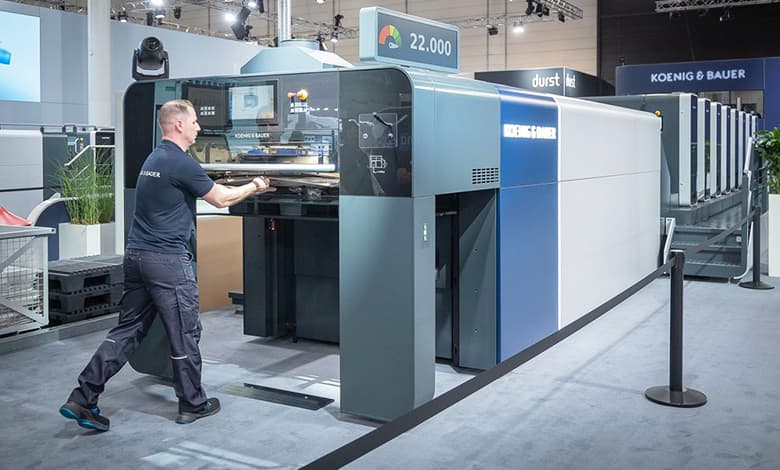
What is the future of automation?
Automation is essential, but so is upskilling people through vocational training. The industry must take the initiative if governments don’t. Automation and AI can significantly enhance efficiency, but skilled operators are still crucial. The goal is to combine advanced technology with human expertise.
As the oldest traditional printing press manufacturer are you comfortable selling digital presses?
Yes, we are. It is a question of market trends and what the customer wants. We have always been an innovative company, so our legacy is innovation. In today’s fast-paced world, consumers cannot wait.
AI can design a package, a website, a Facebook page, etc., in an hour. Then, they might ask, “If we distribute to 50 supermarkets on Monday, can we have 50,000 boxes by Wednesday before?” This won’t be a problem because everybody wants everything fast. That’s the trend. The entire cycle time, from the idea to a ready-made package in digital printing, is a few days to a few weeks.
When you take these jobs on a digital printing machine where you have no job changes or job changes on the fly and let them run there, the whole process becomes more efficient, faster, and cheaper.
So, we observed the shortage of machines and saw the total concept process. We don’t focus solely on the machine price or the total cost of production. We focus on the total cost of the process. In an environment with many offset machines, mixing them with digital machines can be a brilliant idea commercially.
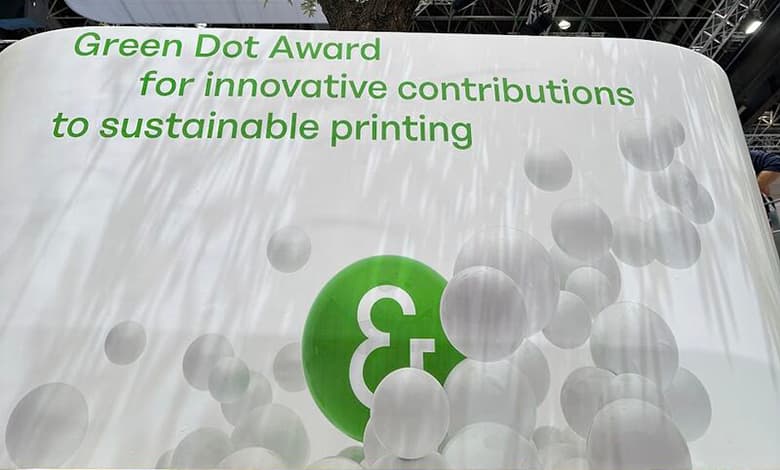
How important is the Middle East market for you?
The Middle East market is very important. The MENA region is experiencing growth and industrialization. Countries here are focused on modernization and creating jobs. The demand for branded packaged goods drives our equipment sales. As more people in the region gain purchasing power, the demand for packaging increases. The Middle East is making significant progress in industrialization and job creation, making it a crucial market for us.

.gif)

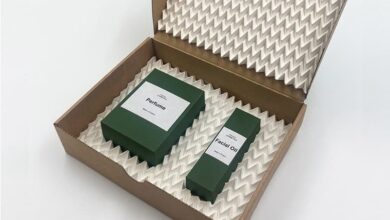
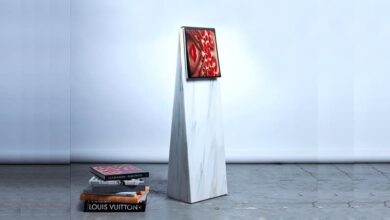
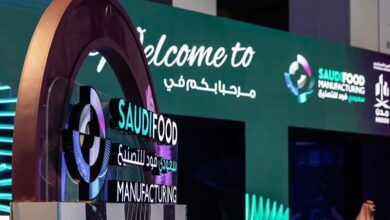
One Comment